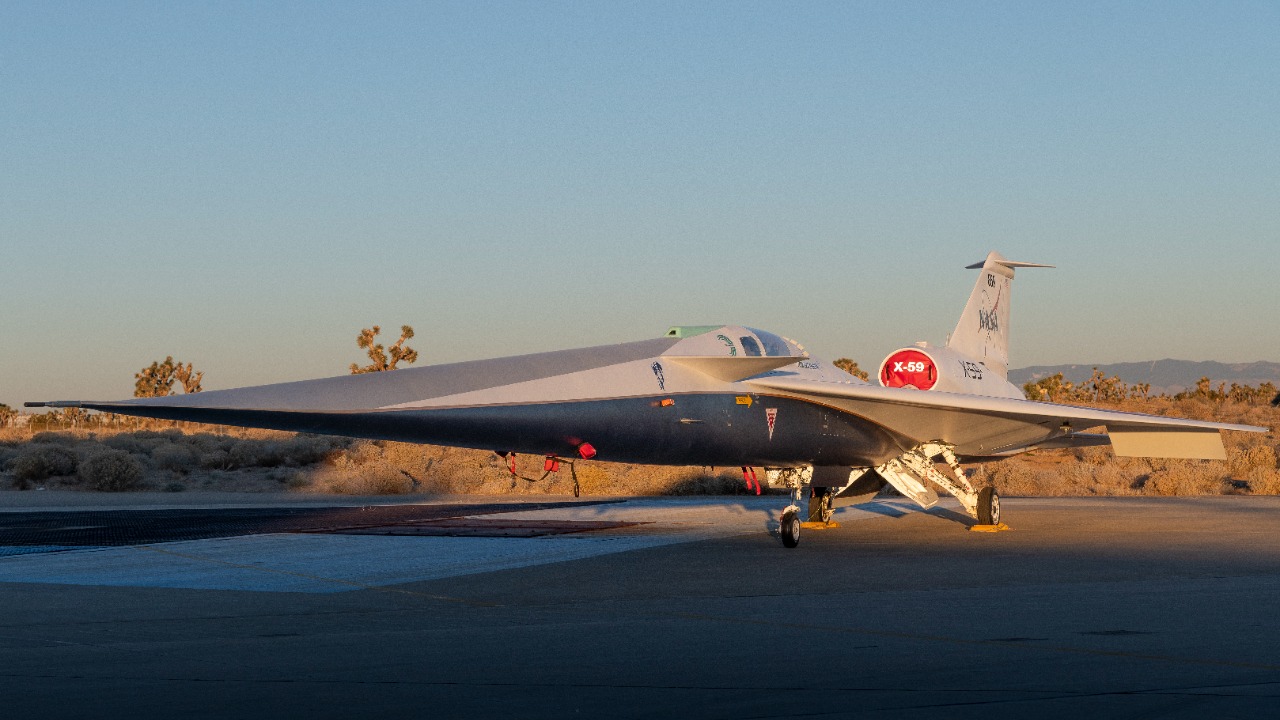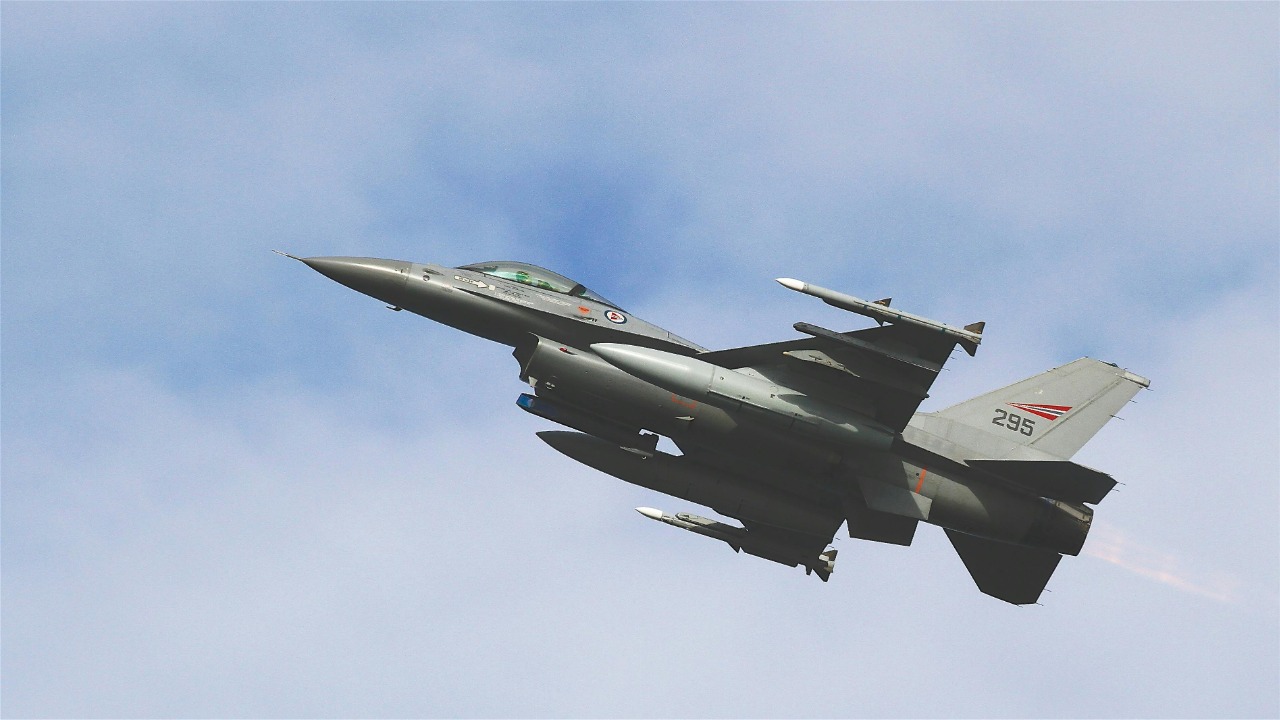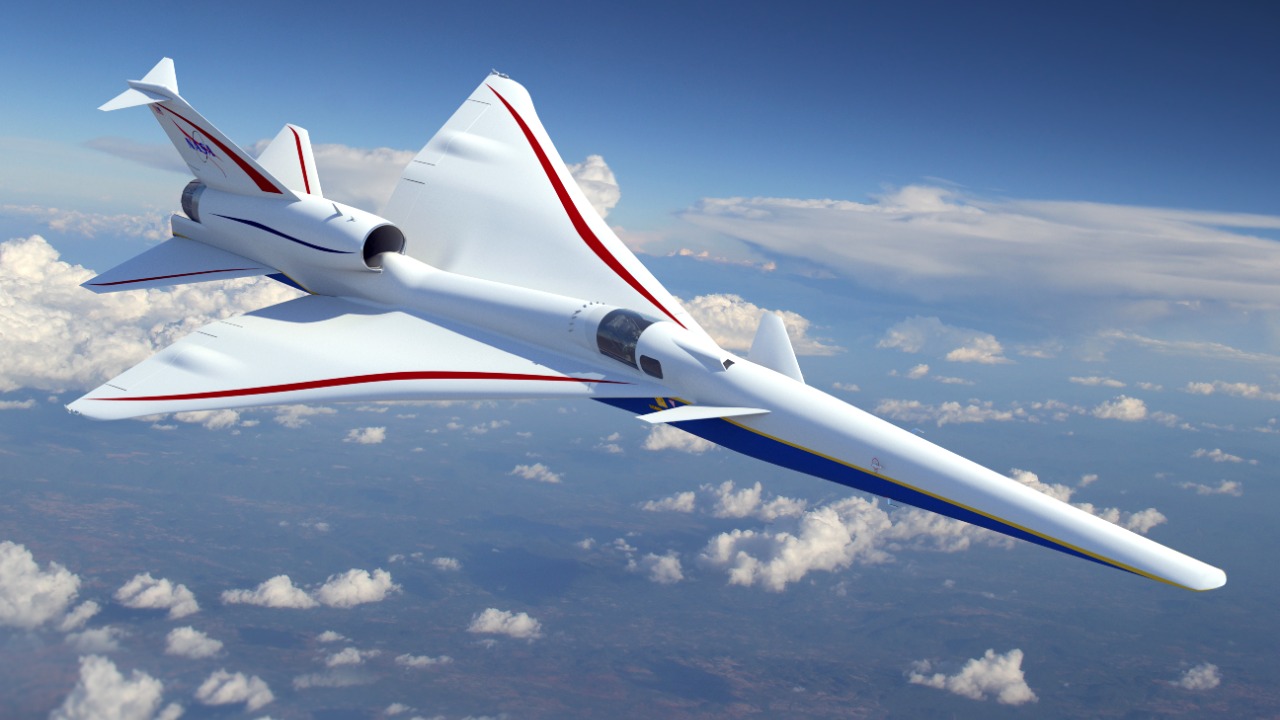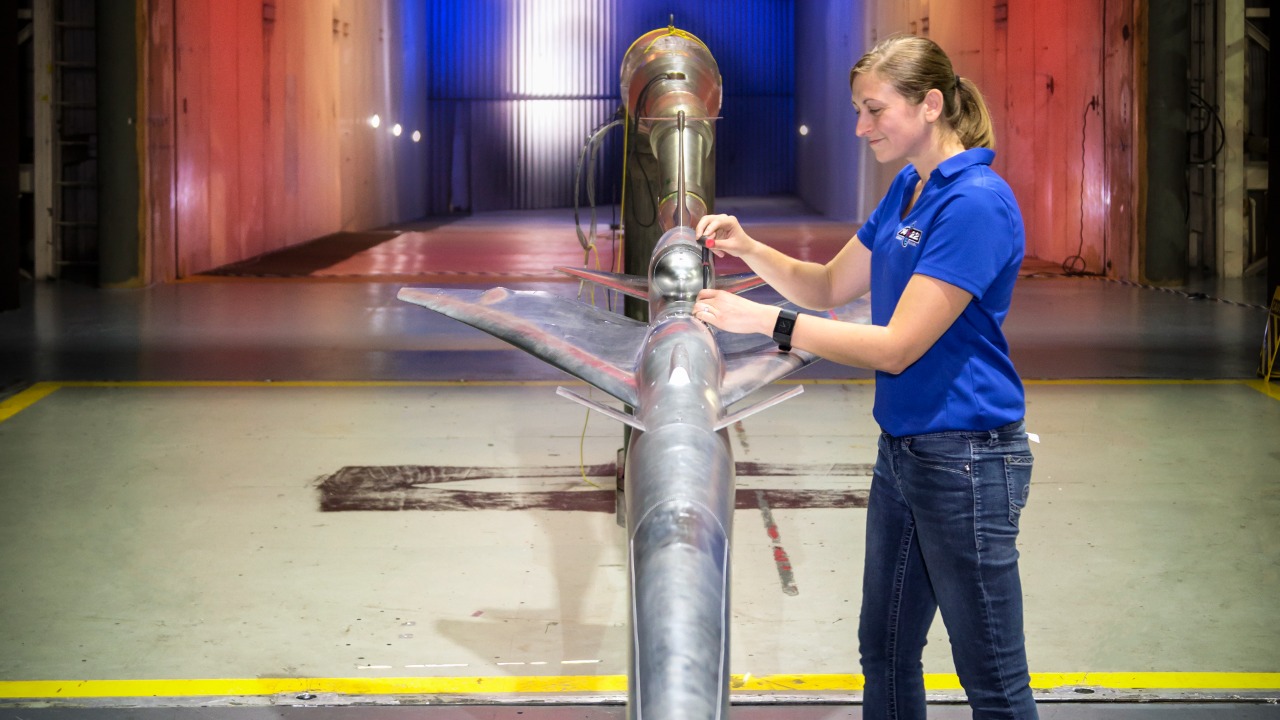
The revival of supersonic passenger jets is a thrilling prospect, marked by both extraordinary promise and significant challenges. This new era of air travel brings together cutting-edge technology, potential economic growth, environmental considerations, and regulatory complexities. Let’s delve into the fascinating world of these ultra-fast aircraft and their potential future.
Historical Context and the Modern Revival of Supersonic Jets

Supersonic passenger jets are not a new concept. The iconic Concorde, the first successful supersonic passenger jet, was operational from 1976 to 2003. This British-French turbojet-powered aircraft was a marvel of its time, capable of crossing the Atlantic in under three hours. However, high operational costs, sonic boom issues, and a tragic crash in 2000 led to Concorde’s retirement.
Today, a renewed interest in supersonic jets is evident. Companies such as Boom Supersonic are leading the charge, aiming to make supersonic travel mainstream. This resurgence is driven by advancements in technology, increasing global connectivity, and a growing market for time-saving travel options.
Technological Innovations Paving the Way

Modern engineering and technology are at the core of the supersonic revival. One of the significant advancements is in reducing the sonic boom – a loud noise produced when an aircraft exceeds the speed of sound. For instance, NASA’s X-59 QueSST demonstrates a “low boom” technology, designed to produce a softer thump rather than a disruptive boom.
Furthermore, fuel efficiency is another area of focus. The Concorde was infamous for its high fuel consumption, which contributed to its economic unfeasibility. Today’s engineers are leveraging advancements in engine design and materials to develop more fuel-efficient supersonic jets. These innovations are crucial in making supersonic travel economically viable and more environmentally friendly.
The Economic Potential of Supersonic Travel

The market for supersonic air travel is promising. Business professionals, especially those involved in international dealings, are a significant target audience. For them, the ability to travel between continents in mere hours could be a game-changer. Furthermore, the luxury travel market could also embrace supersonic travel, given its novelty and exclusivity.
However, affordability remains a question. Concorde tickets were notoriously expensive, and it’s unclear whether modern supersonic jets can lower prices significantly. If supersonic travel remains a premium service, it may limit its market reach and potential growth.
Environmental Concerns and Sustainability

Supersonic flights pose environmental challenges. Their high speeds lead to more fuel consumption and CO2 emissions compared to subsonic flights. A report from the MIT Technology Review highlights these concerns, stating that supersonic planes could emit 5-7 times more CO2 than standard planes.
Companies are aware of these challenges and are working towards making supersonic flights more sustainable. Innovations in fuel efficiency, as mentioned earlier, are part of this effort. Additionally, exploring the use of sustainable aviation fuels or even electric propulsion are potential ways forward. Carbon offsetting, where emissions are balanced out by funding equivalent carbon savings elsewhere, could also play a role.
Regulatory Hurdles and Solutions

The regulatory landscape for supersonic flights is complex. Currently, overland supersonic flights are banned in many countries due to the sonic boom issue. This restriction is a significant hurdle, as it limits potential routes and market accessibility.
However, solutions are being explored. Noise reduction technology, such as NASA’s low boom design, could potentially address sonic boom issues. Furthermore, strategic route planning, focusing on over-water supersonic flights, could help bypass overland restrictions. These approaches could assist in gaining regulatory approval and making supersonic travel more widely accessible.
What the Future Holds for Supersonic Passenger Jets

So, when can we expect the return of supersonic passenger flights? While exact timelines are uncertain, progress is being made. NASA expects supersonic passenger flights could be a reality by 2026. Companies like Boom Supersonic are also optimistic, with their Overture aircraft slated to start commercial flights in the latter half of the decade.
The reintroduction of supersonic flights could transform travel habits and the aviation industry. Faster travel times may make long-distance trips more frequent, potentially reshaping global business practices and tourism patterns. As for future developments, continuous advancements in technology could lead to faster, more efficient, and even more environmentally friendly supersonic flights. While challenges remain, the future of supersonic passenger jets looks promising.